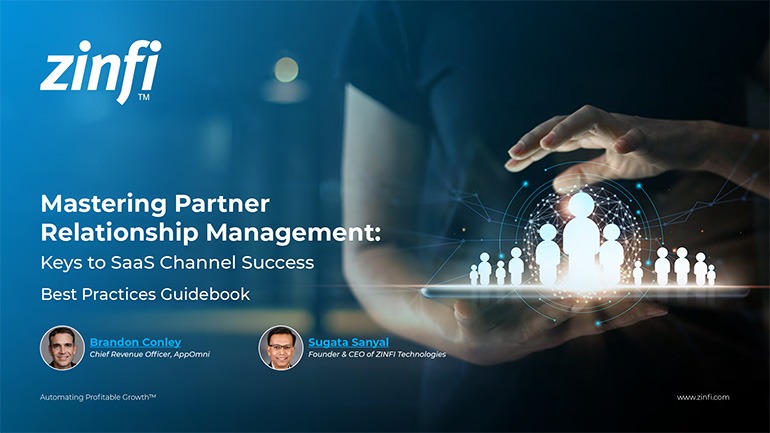Glossary - What is - Engagement and Retention Strategies
What are Engagement and Retention Strategies?
Engagement and retention strategies are essential to human resource management, focused on maintaining a motivated workforce and minimizing employee turnover. These strategies involve initiatives and practices that enhance employee satisfaction, commitment, and loyalty. Engaged employees are more productive, deliver higher-quality work, and are less likely to leave the organization. Retention strategies, in turn, focus on creating a supportive work environment that addresses the diverse needs of employees, including career development, recognition, and work-life balance.
In today’s competitive job market, implementing effective engagement and retention strategies is crucial for sustaining organizational health and success. These strategies are often supported by technology that helps measure employee engagement levels and provides insights into areas needing improvement.
Key Takeaways
- Employee Recognition Programs: Recognizing and rewarding employees for their hard work and achievements is a powerful way to boost morale and engagement. ZINFI’s recognition programs offer customizable options to celebrate employee milestones and successes, fostering a culture of appreciation.
- Career Development Opportunities: Providing employees with clear career advancement and personal growth pathways can significantly enhance retention. ZINFI’s career development tools help employees explore potential career paths within the organization and engage in continuous learning.
- Flexible Working Conditions: Adapting work arrangements to fit employees’ diverse lifestyles and needs can improve job satisfaction and retention. ZINFI’s flexible working solutions enable organizations to offer telecommuting, flexible hours, and part-time options that support a better work-life balance.
- Employee Wellness Programs: Investing in the health and well-being of employees not only supports their health but also enhances their engagement and productivity at work. ZINFI’s wellness programs include initiatives such as health screenings, fitness challenges, and mental health support.
- Regular Feedback and Communication: Maintaining open lines of communication and providing regular feedback help employees feel valued and understood. ZINFI’s feedback tools facilitate ongoing dialogue between managers and team members, enhancing transparency and engagement.
Key Examples:
- Automotive Manufacturing: Automakers implement engagement strategies by involving critical suppliers in the design process early and providing them with long-term contracts as a retention tactic.
- Consumer Electronics: Companies like Apple engage their retail partners with exclusive product training and retention through competitive incentives.
- Energy Production: Energy firms often use performance-based incentives for project completion as engagement tools, with retention strategies that include long-term partnership benefits.
- Financial Services: Banks and financial institutions engage partners by providing advanced digital tools for better customer management and retaining them through higher commission structures.
- Food and Beverage: Engagement is often seen in collaborative marketing efforts, while retention may involve exclusive contracts and first access to new products.
- Healthcare Services: In healthcare, engagement strategies include sharing best practices and technologies with retention through collaborative research and development agreements.
- Information Technology: IT companies engage partners through certification programs and retain them by offering market development funds.
- Pharmaceutical Development: Pharma companies engage clinical trial partners through transparent communication and retain them by ensuring they know about new research developments first.
- Retail Industry: Engagement strategies include joint marketing initiatives, while retention tactics often involve exclusive loyalty programs.
- Telecommunications: Engagement in telecommunications often involves infrastructure sharing, with retention through long-term revenue-sharing agreements.
Conclusion
Engagement and retention strategies are critical for any organization looking to foster a productive, motivated, and stable workforce. By implementing thoughtful and effective programs, businesses can retain their best employees and attract top talent by showcasing their commitment to employee satisfaction and well-being.
Associated Keywords:
- Workforce Management
- Employee Satisfaction Strategies
- Maintaining Employee Loyalty
















